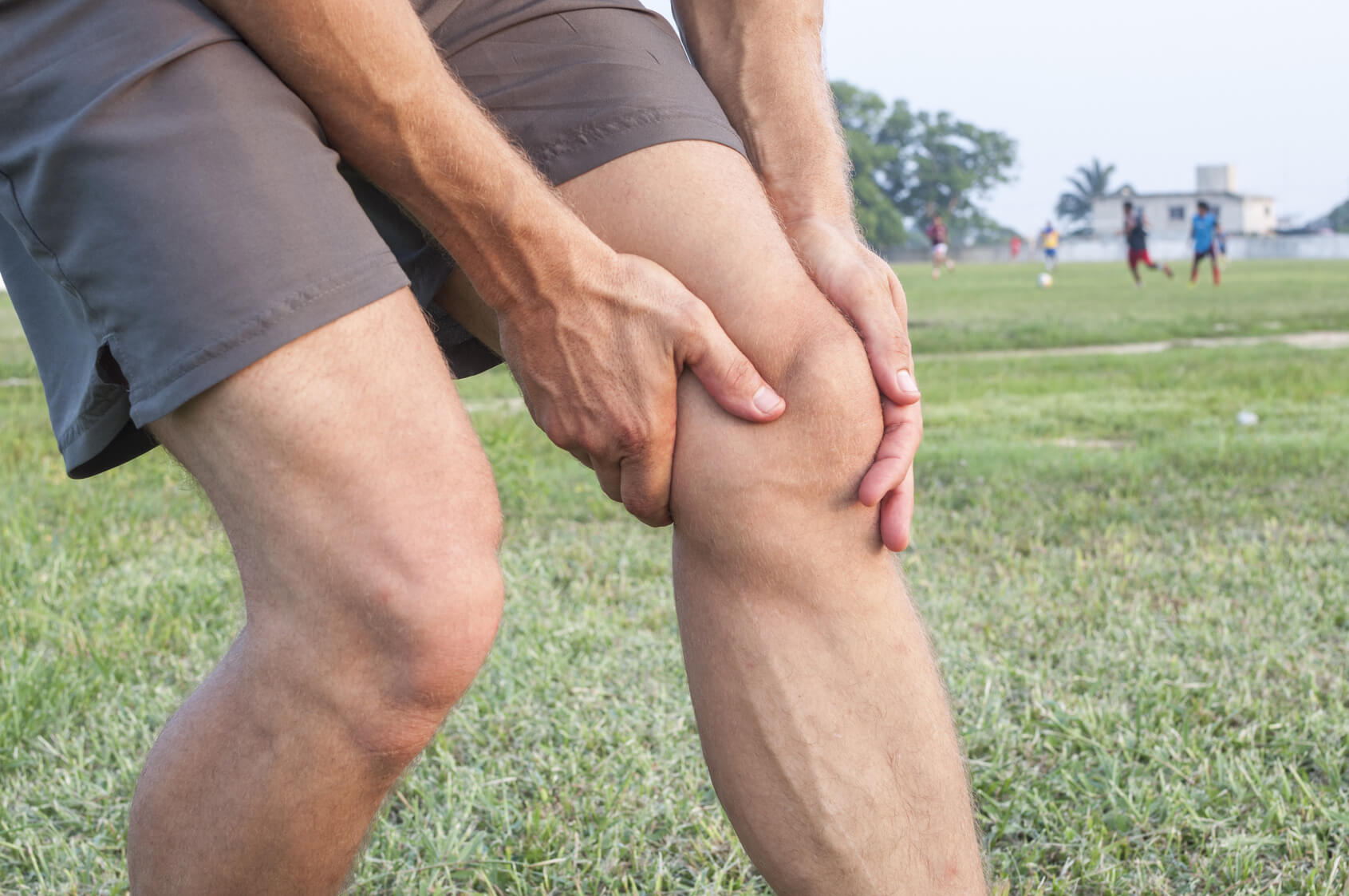Meniscus Tear Repair: Getting Our Joints to Last Longer
New ways to fix this vital cushion for knee movements keep more people moving longer, and the future of treatment looks even better.
The meniscus is a disc-shaped cushion that keeps the cartilage surfaces of the knee from contacting each other with excessive force. The meniscus helps stabilize the knee joint and aids in proprioceptive feedback, which is the sensor-driven ability to balance and move.
This strategically positioned disc of cartilage bears a lot of responsibility. And when it is damaged, depending on the extent, it can make even baby steps painful or cause total knee lock up.
Historically, meniscus repairs have not been done frequently, particularly in patients over 25 years old. Orthopedic surgeons also didn’t attempt repair when the patterns of tears were feared to be at too high risk of failing.
Repairs can be technically demanding and require special instrumentation and training. But with the development of newer tools and a better understanding of the importance of the meniscus in the protection of the joint, meniscus repairs including the more complex “root and radial” repairs are being performed more commonly.
Many ways to mangle the meniscus
Each knee has two menisci and they can be torn any number of ways. Tears typically occur due to some form of twisting or excessive flexion (knee bending). You can tear your meniscus by kneeling, lifting something heavy, squatting down to pet your dog, playing basketball, stepping off a curb, or being a bit older and having arthritic damage that makes the meniscus more susceptible to tearing.
Large tears like buckethandle tears can cause the knee to lock up. Various other types of tears, depending on the size, can cause the knee to lock or buckle unexpectedly. The knee can also be painful and swollen from the irritation to the joint from the unstable meniscus tissue or the excess stress to the joint from the loss of the cushioning effect of the meniscus.
Just as there are many ways to tear a meniscus, there are many types of tears: Flap, horizontal, complex or vertical tear are some terms used to describe the orientation and nature of the tears. Of course, some tears can be worse than others.
If a tear is large or the orientation compromises the function of the meniscus, the knee is at higher risk for arthritis. Large tears or full-thickness radial (splitting the meniscus in half) and root tears are some types that pose serious concerns regarding the prognosis for a knee if they go untreated. Some tears are small enough to not compromise the mechanical function of the meniscus much and can be treated without surgery.
Torn meniscus – like driving on the rims
The meniscus is anchored to the bone by its roots and when torn from the anchor point, it does not distribute the forces in the knee properly. Studies have shown that a tear in the root or a radial tear essentially eliminates the cushioning function of the meniscus. In some cases, the meniscus is mechanically unstable and is sometimes pulled away from where it belongs and can’t do its job to cushion the joint.
This is analogous to blowing a tire and driving on the rims only or lying on the bed frame without a mattress. The tire needs to be replaced on the wheel and the mattress pulled back onto the frame to cushion properly.
This type of meniscus root or radial tear may also be due to the beginning of some arthritis in the joints, leading to an eventual meniscus tear: “The straw that breaks the camel’s back” analogy can work well here.
Recent studies have confirmed that after certain types of meniscus tears, the cartilage in the knee joint is exposed to severe increases in stress and accelerated arthritis becomes a higher risk. Along with data that raises concern about the outcomes of patients that have had meniscus tears, there has been an increasing interest and effort to repair a torn meniscus if possible. Repairs of the meniscus in properly selected cases have shown promising results in preventing or slowing the progression of arthritis in joints.
So what should you expect if you are a candidate for a meniscus repair?
First of all, the majority of meniscus tears actually do not require surgery. There are a variety of treatment options that can be effective in reducing symptoms.
Initially, a thorough evaluation by an orthopedic surgeon experienced in meniscus repair is important to determine the need for and viability of a meniscus repair for you. The decision to proceed with a meniscus repair also needs to take into account your ability to protect the repair while it heals.
While it is easier for my patients whom I perform shoulder surgery to protect the repair, it is more challenging for a knee. Although some repairs can tolerate some weight-bearing, other repairs require strict nonweight bearing to avoid splitting the meniscus open while it heals.
In these cases the joint should be protected from excessive flexion (0-90 degrees) for six weeks and have no weight pressure (nonweight bearing) for six weeks, to allow the repaired meniscus to heal. There are some devices that can help to protect the knee to some degree, including braces.
Physical therapy is typically started early on to regain range of motion, decrease swelling and regain muscle function. After four-six weeks, weight-bearing is gradually initiated, and a normal gait is the next goal.
Some exercise can be started as soon eight weeks but is dependent on the type of exercise, the nature of the tear and the patient’s goals. For patients hoping to return to more vigorous exercise regimens, I typically like to avoid jogging for about three-four months after a repair.
Because in some tears the meniscus is mechanically unstable and sometimes pulled away from where it belongs, normal anatomy must be restored with a good repair of the tissue back to its proper place. Hopefully advances in biologic enhancements with healing injections will help accelerate and strengthen repairs. Healing injections alone would not be enough to restore the mechanical integrity when the tissue is displaced but can be considered in other cases.
The future is likely to incorporate injection therapy for nondisplaced tears and a combination of repair for the unstable tear patterns. More study is needed to refine our understanding of who needs the added treatments and how best to apply them in these repairs.
The future, however, is very promising as we strive to get our joints to last us longer and allow us to do the things we enjoy.



